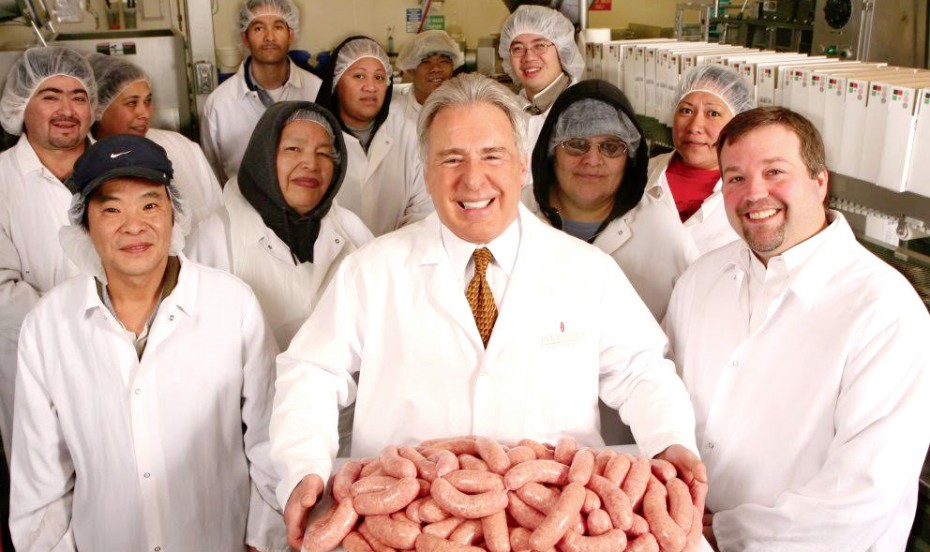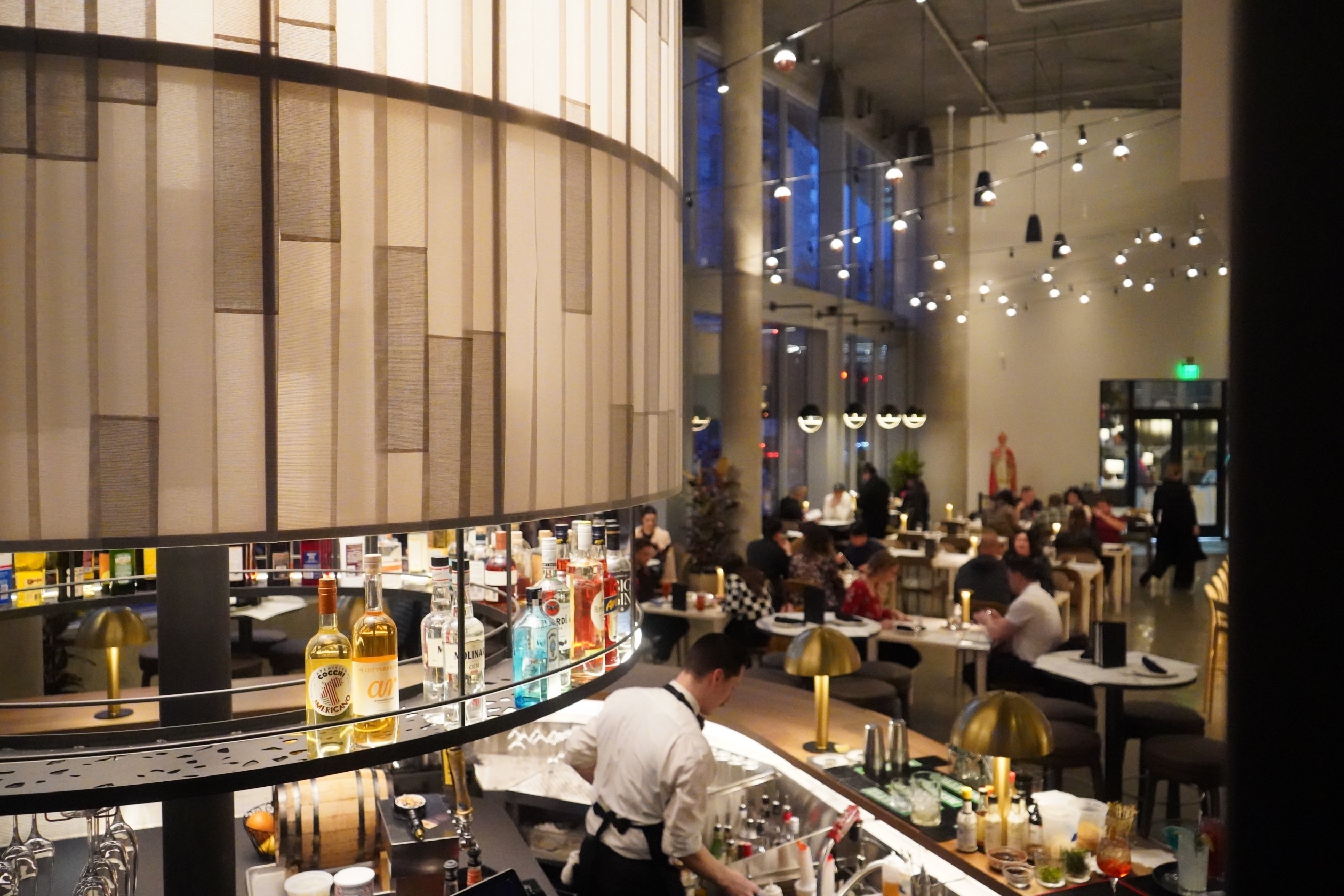For more than 45 years, Frank Isernio’s life has revolved around sausage.
As with many Italian families, food played a central role in the day-to-day life of this Seattle native. His mother Angetina prepared delicious meals with fresh ingredients from her garden. His father, Frank Sr., was one of the first produce vendors at Seattle’s legendary Pike Place Market, farming the land where Boeing Field now stands.
As a young man, Isernio found he enjoyed making sausages for family dinners and get-togethers with friends. “Back then, lots of Italians made their own fresh sausage, men included,” said Isernio. “Our family was from southern Italy and it was hard for us to find sausages made the way we liked, with fennel and some crushed red pepper. So I started making my own, sort of as a hobby.”
Friends and family loved his sausages, and soon he was encouraged to take his hobby to the next level. Despite his passion for great-tasting sausages, Isernio was not sure the rest of the world would feel the same way. Finally, he agreed to give it a go, setting up shop in a converted basement kitchen used by a neighbor to make pasta commercially.
“During those early years, I worked around the clock,” he said. “I was a pipefitter at the shipyards, working the night shift from 4 p.m. to midnight. I would go home, sleep for a few hours, get up and make sausage. Then I’d fill my trunk with ice, pack up that day’s sausages, and make the rounds of the restaurants to see if they wanted to try my product.”
Isernio soon found out that making a flavorful sausage was only half the battle. The other half was education. “The Pacific Northwest did not have a sausage culture back then, unlike the rest of the country,” said Isernio. “In the South, you have creole-style sausage. In the Southwest, there is chorizo, and the Midwest has its bratwurst. But in Seattle, many people, including restaurant chefs, did not know what to do with Italian sausage. I started giving cooking tips and eventually ended up developing recipes I could share.”
His first big break came about a year later, when one of the city’s most well-respected food critics, John Hintenberger, bragged that he had just eaten the best lunch of his life. It was a meal made with Isernio’s sausage.
By the early 1980s, Isernio’s sausages were attracting a loyal following among the Seattle restaurant community and Isernio soon realized there was huge sales potential at the retail grocery level. He refined his product packaging by studying wine label designs, and logged thousands of hours doing in-store demonstrations, setting up a card table he carried around in his car.
Recognition for the product’s premium quality continued to grow. In 1985, Isernio was one of only two Americans invited to attend an expo at the Fiera di Verona, Italy, that brought together meat processors from around the world—a significant honor for the young entrepreneur.
His rule for success was simple: Have a good product and make sure the customer understands it. “Sausage-making is an ancient tradition more than 2,000 years old,” said Isernio. “Our sausages offer authentic, mom-and-pop quality in a store-bought brand. Or as I like to say, what isn’t in the product is more important than what is.”
In the early 1990s, realizing that consumers were leaning toward chicken as a healthier substitute for beef and pork, Isernio was one of the first in the nation to create a chicken sausage, using fresh, lean, all-natural chicken thighs which stay moister and maintain their definition throughout processing. Although he worried that chicken would cut into his pork sales, just the opposite occurred. The new-twist on an old-world favorite was a big hit and attracted a new customer base.
Today, the company makes about 100,000 pounds of sausage a week, but produced in small batches to better integrate the seasonings and not overwork the meat. Isernio products are available at stores throughout the west coast.
This past summer, after decades of running the business, Isernio’s Sausage Company was sold to Hempler Foods Group of Washington state, a subsidiary of Premium Brands. At the time of acquisition, sales of Isernio sausages exceeded $14 million.
Isernio welcomed the change in his life, noting that the new owners respected the brand. “Every employee stayed on and kept their seniority intact,” he said, “and I will continue to consult with the new owners on an as-needed basis.”
What’s next for the “sausage king?” Isernio hopes to travel more frequently with his wife Margaret and take some Italian classes at language schools, either in Italy or Seattle. He’s also looking forward to getting more involved with several local Italian-American groups, and, of course, he’d like to cook more.
For Frank Isernio, the journey was never about selling more sausages but about being true to yourself. “At the end of the day, what’s important to me is that I made a difference,” he said. “People are basing their meals and creating family traditions around my product. That is immensely gratifying to me and makes me feel as if I have been doing the right thing all along.”































